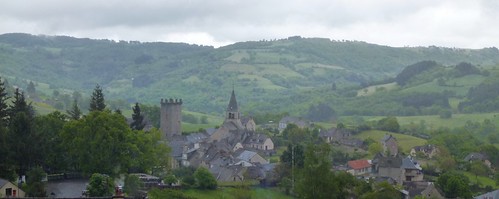Early Anabaptism as Social Movement, Part 4: Conclusion
This post is the final part of an essay looking at the Anabaptist movement through the lens of social movement theory. See Part III in the series here, which compares the early Anabaptist movement with four stages of social movements.
Photo by Rachel Friesen
Gaps, Tensions and Overlaps
Though there are apparent overlaps, it is clear by now that there are also gaps where the phases of social movements inadequately describe or leave out elements of the Anabaptist movement. Sociologist Charles Tilly writes, “The employment of invariant models…assumes a political world in which whole structures and sequences repeat themselves time after time in essentially the same form. That would be a convenient world for theorists, but it does not exist.”[1]
One shortcoming of social movement theories is that they sometimes fail to capture the many complex, different stories within an observed movement. They tend to look at movements as a whole, and the four phases are very linear in their approach. While this progress-oriented “bird’s eye view” is often helpful, it misses the contradictions present on the ground. C. Arnold Snyder offers a more nuanced understanding in his way of describing the Anabaptist movement as a polygenesis rather than monogenesis. He highlights the similarities and differences in how Swiss, South German-Austrian, and North German-Dutch Anabaptisms developed, conversed and converged. The polygenesis approach does not lend well to the homogenizing categorization implicit in social movement theories. For example, one may argue that Anabaptism did in fact experience the fourth phase of decline due to eradication by the sword in Austria and many parts of South Germany, though in other places it survived. (more…)
March 29, 2014 Anabaptism, History, Social movements Read more >



